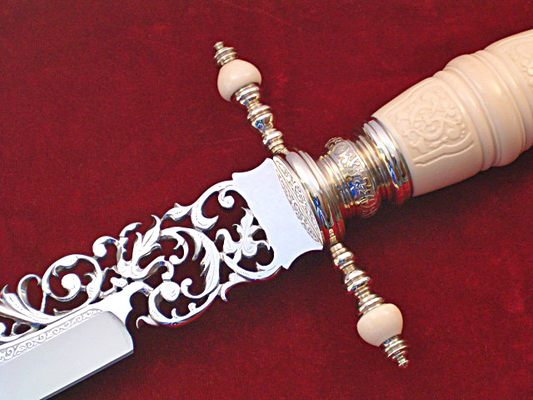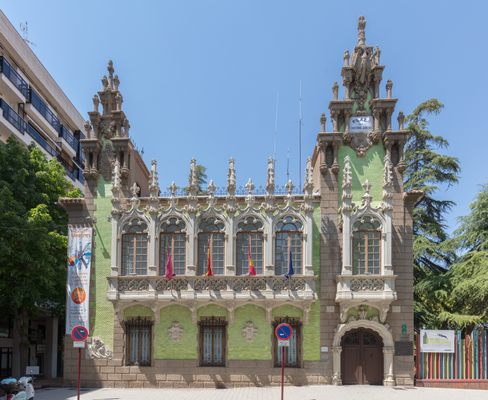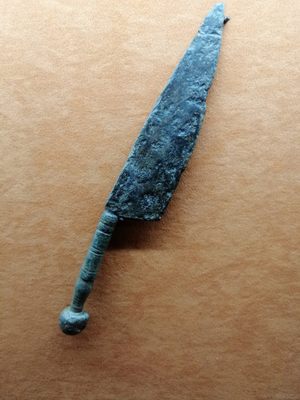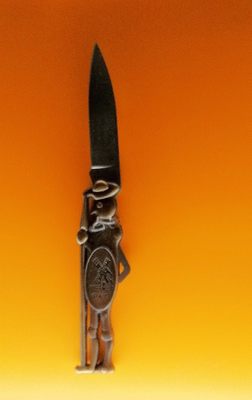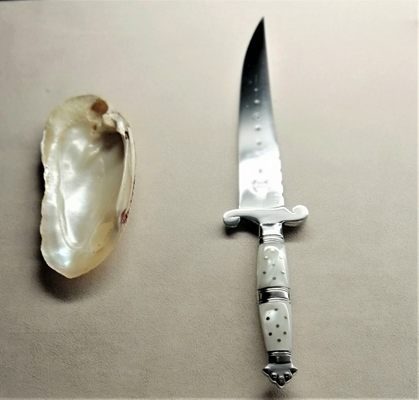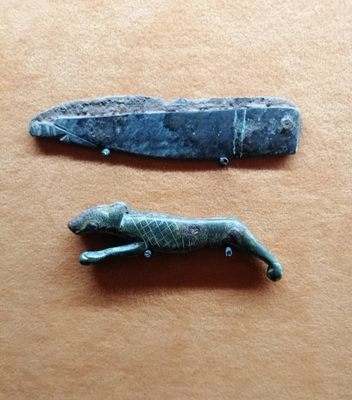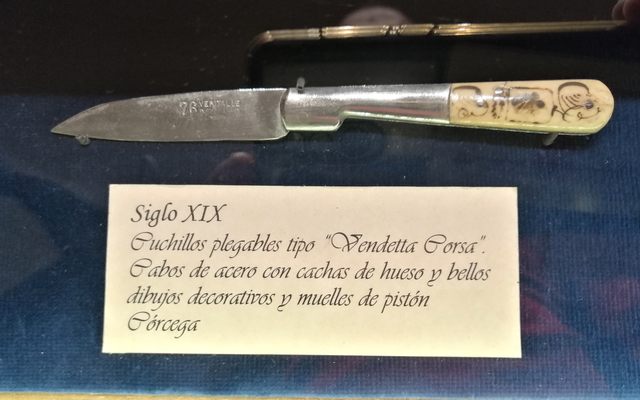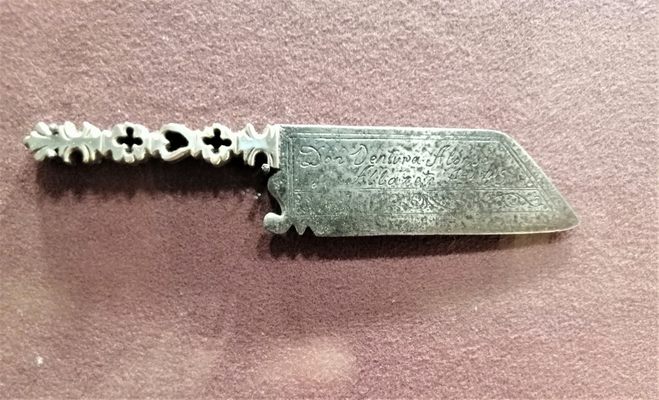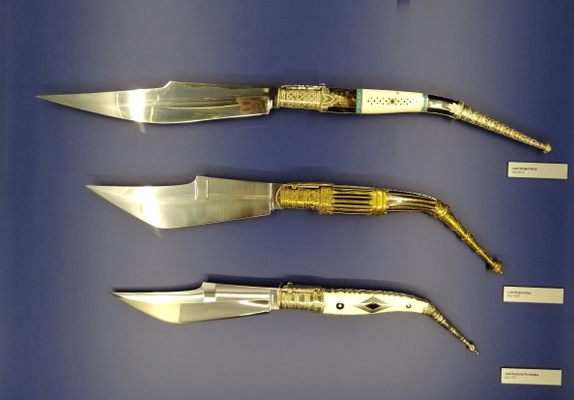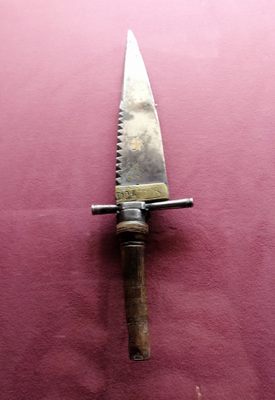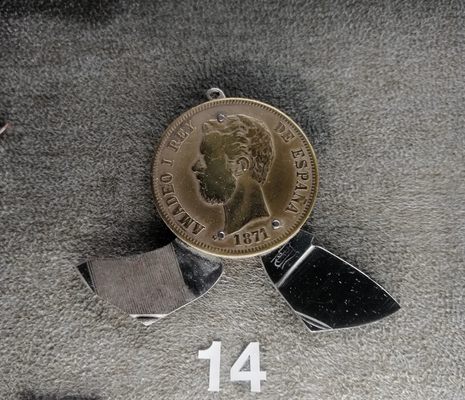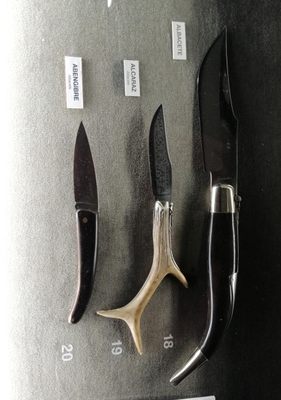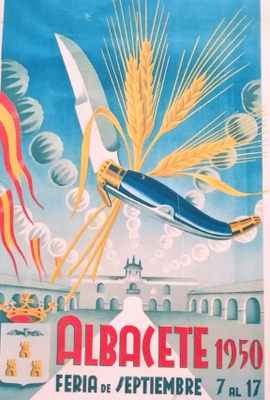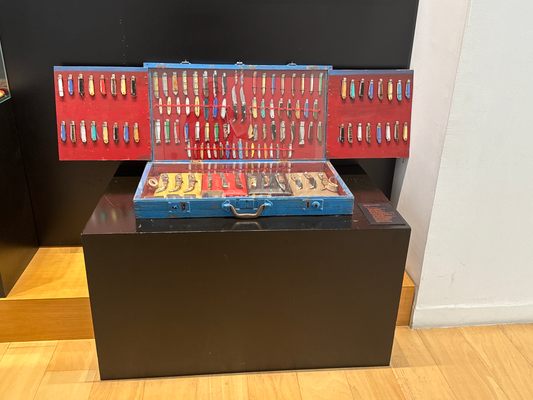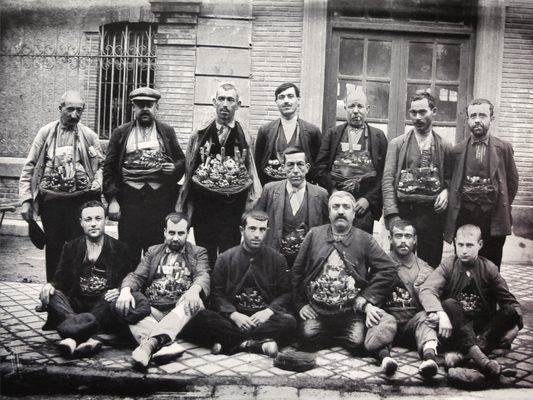About
Known as the Museo de la Cuchillería de Albacete (MCA) or the Municipal Museum of Cutlery of Albacete, this small museum honors the central Spanish province's rich knifemaking heritage. The province, which is located in the arid La Mancha region, has been renowned for its swords, daggers, penknives, and pocket knives since at least the 15th century when historical documents first record the presence of a knifemaker's guild in the city.
The museum opened in 2004 and is housed in a green-tiled gothic building dubbed La Casa del Hortelano. Architect Daniel Rubio built the Victorian building in 1912 for Joaquín Hortelano. In the latter half of the century, the building served as a local university building and police headquarters before being remodeled by Sevillian architects Esther López Martín, Miguel Hernández Valencia, Juliane Potter, and Francisco José Domínguez Saborido into the Cutlery Museum.
The museum traces the history of knifemaking in Spain, especially Albacete's folding knives. While the folding knife is an ancient tool (remnants of them have been found in grave sites dating back to the Second Iron Age), the 16th and 17th centuries saw the Spanish folding knife, or penknife, become an almost universal possession among Europe's wealthy. The folding knife's popularity stemmed from how it could be easily concealed and carried. By the 18th century, Albacete became the premiere penknife supplier in Europe and their knives developed a classic shape still used today. With the arrival of the railway in 1855, it was possible to lower the price of the raw materials to make the knives, accelerating production. In the 19th century, local knife vendors would carry their merchandise on belts selling blades to travelers who wouldn't even have to step off the train.
In the museum's permanent exhibition, hundred of unique Albacete and Spanish knives are on display, from a large selection of daggers, or puntillas, and European knives from the 17th to the 19th centuries to an entire room dedicated to scissors, the earliest of which date to the Bronze Age. Iron Age cutlery, single-edged Falcata swords from ancient, pre-Roman Spain, and Roman gladius swords used by foot soldiers are also on show. Private collectors donated items to the museum, such as Jesús Vico's ancient Hallstatt pieces. Another section in the museum identifies the materials used in knife handles, such as mother-of-pearl, tortoiseshell, ivory, ebony, and olive wood, as well as different types of sharpening stones. The recreation of a knifemaking workshop completes the exhibition.
Related Tags
Know Before You Go
The museum is situated in the city center, in front of the cathedral.
Published
May 9, 2023
